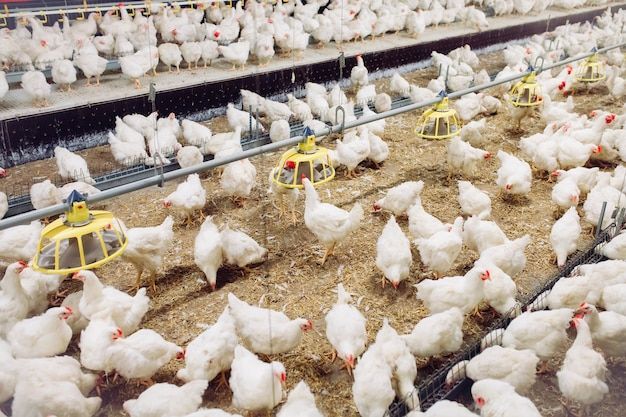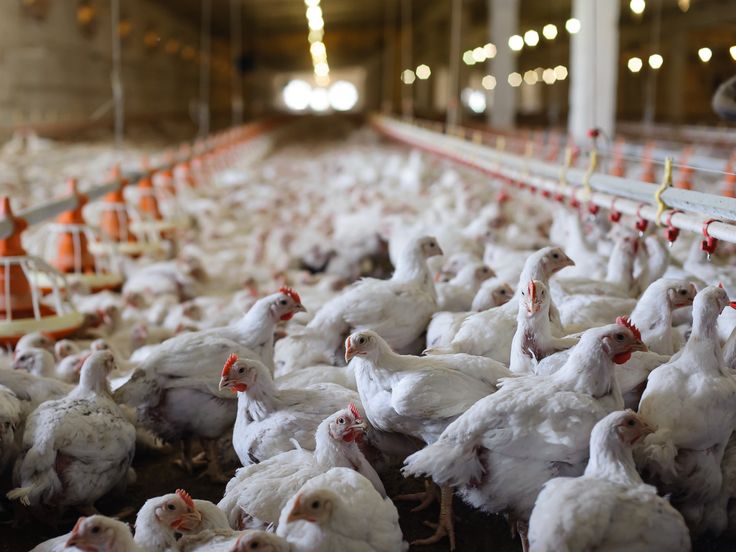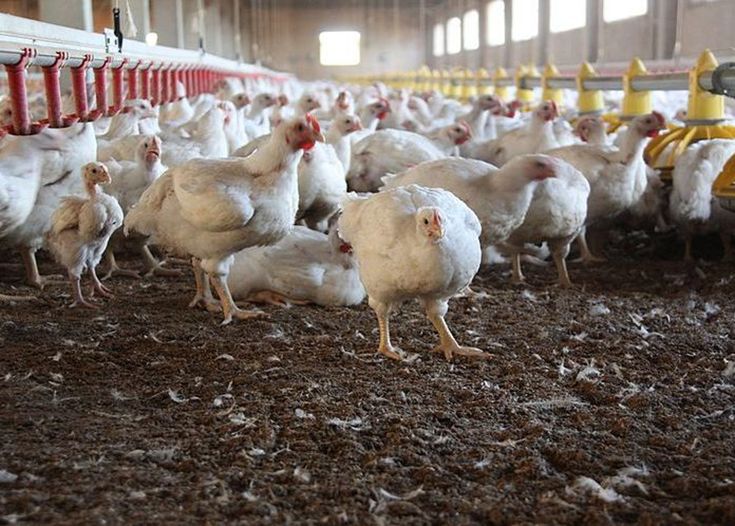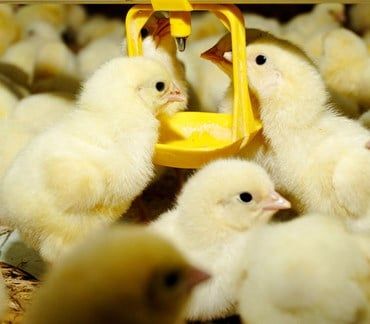Proper housing is one of the most critical aspects of successful broiler chicken farming. A well-designed broiler house ensures the birds grow healthily, efficiently, and with minimal stress. It also helps in managing disease outbreaks and maintaining optimum production. Here’s a guide to setting up an ideal broiler chicken house.
Location and Orientation
Choose a location that is well-drained and far from other poultry farms to minimize the risk of disease transmission. The broiler house should be oriented east-west to reduce direct exposure to sunlight and maintain a consistent temperature inside.

Space Requirements
Broilers need adequate space to grow comfortably. Overcrowding increases stress, hinders growth, and raises the risk of diseases. Provide at least 1 square foot per bird for optimal growth. As the birds grow larger, adjust the stocking density to ensure they have sufficient room to move.

On a similar note, at Kimd Group of Companies, we support beginner farmers by offering tailored business proposal writing services and design plans for various animal capacities. Therefore whether you’re just starting out or looking to expand, we provide the resources and expertise to help you succeed in the farming industry.
Ventilation
Good ventilation is essential to maintain fresh air and control humidity and temperature inside the broiler house. Install side curtains or exhaust fans to regulate airflow, especially in hot climates. Poor ventilation can lead to ammonia buildup, affecting the health and growth of your birds.

Flooring and Bedding
Use a concrete floor covered with absorbent bedding materials like wood shavings, rice husks, or straw. The bedding should be kept dry and clean to prevent bacterial growth and foot injuries. Regularly replace or stir the litter to maintain hygiene and comfort.

Lighting
Broiler chickens require proper lighting to regulate their feeding and growth cycles. Use a combination of natural and artificial lighting to provide 16 to 18 hours of light daily. Dim lighting at night encourages rest, reducing stress and improving growth rates.

Temperature and Humidity Control
Broilers are sensitive to temperature changes, especially during the first few weeks of life. Install heaters to maintain 32-34°C in the brooder area during the first week, gradually reducing it as the birds grow. Use thermometers and humidity monitors to ensure the conditions remain ideal.
Feed and Water Systems
Provide clean water and feed throughout the day using automated or manual feeders and drinkers. Ensure the systems are evenly distributed across the house to prevent competition and ensure all birds have access. Clean and refill them regularly to maintain hygiene.

Biosecurity Measures
Prevent disease outbreaks by implementing strict biosecurity measures. Limit access to the broiler house, disinfect equipment regularly, and set up footbaths at entry points. Monitor the birds closely for signs of illness and provide vaccinations as recommended.
Conclusion
An ideal broiler chicken house creates a comfortable and healthy environment that supports optimal growth and productivity. By focusing on location, ventilation, space, and biosecurity, farmers can ensure their broilers thrive and achieve maximum profitability. Proper planning and maintenance are key to long-term success in broiler farming.
